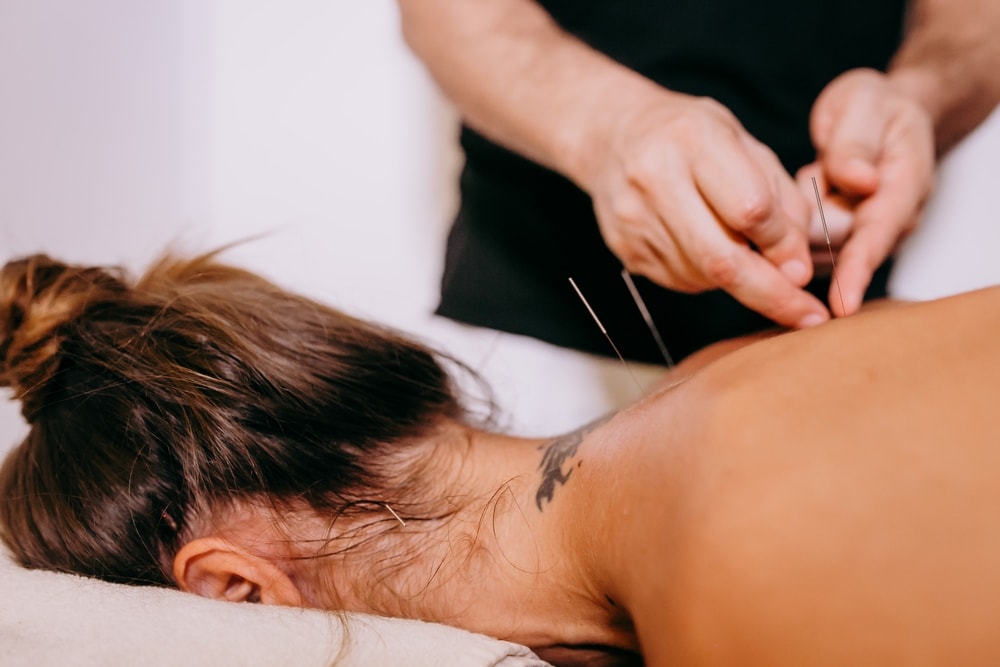Acupuncture as an Adjunct Therapy to Western Medicine
Acupuncture has been used in China and much of Asia for thousands of years to treat a wide variety of medical conditions and ailments. It’s only been within the past two decades that it started to gain widespread acceptance among people in the West. Although much of the modern medical community still remains skeptical, it is starting to be researched as a possible add-on therapy to complement modern medicine.
Acupuncture is a group of procedures which involve stimulating different, specific points on the body. Super fine needles are inserted into these different points on the body and may possibly be heated to stimulate a specific point or a light electrical charge may be applied. There have been cases reported to the FDA of complications resulting primarily from needles that were not sterile or needle insertions which penetrated too deeply. Every set of needles should come from an unopened sterile package. There are some states that do allow needles to be reused if they have been sterilized again in an autoclave. The reported cases of complications which occur each year are very low.
It is vitally important that if you decide to see an acupuncturist that you first check their credentials as you would do with any healthcare specialist. Most states require a license to practice acupuncture, but standards and requirements will vary from state to state. It is the patient’s responsibility to look into this before receiving treatment.

In traditional Chinese medicine, the body must remain in a state of delicate balance in order to remain healthy. Disease and pain is believed to be caused by an imbalance of the yin and yang, opposing forces that exist in our bodies. This imbalance leads to blockages of the Qi, or vital energy, along pathways known as meridians. These meridians connect throughout the body in a web-like fashion. Acupuncture is used to apply pressure, needles or energy to these blockages along the meridians in order to clear the pathway for the Qi to flow freely, restoring the person to a state of balance and good health.
The acupuncturist uses different ways to determine what the treatment shall be. The patient will be thoroughly questioned about their health and health problems, what types of medications they take, what their behaviors are, etc. The acupuncturist will also do a physical evaluation, paying careful attention to tender points to discover where there may be blockages.
There is no impressive evidence either way in the efficacy of acupuncture treatments. Research is ongoing and most institutions such as the National Health Institute, the World Health Organization and the American Medical Association agree that further study is needed because there is some evidence that certain conditions may respond to acupuncture treatment. The most widely accepted use in the West currently is for the relief of pain.
The National Health Interview Survey discovered that about 2.1 million adults in the U.S. had used acupuncture treatment in the last year. Whether there is scientific evidence to back it up or not, people are obviously finding the benefits of acupuncture that Eastern civilizations have known about for millennia.